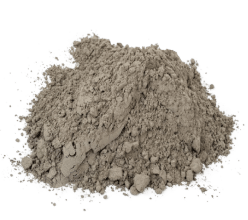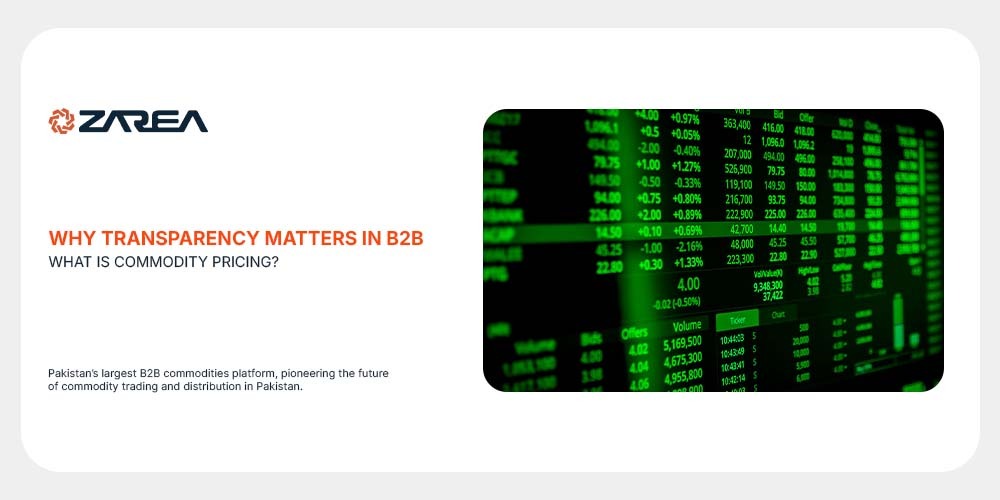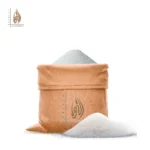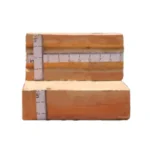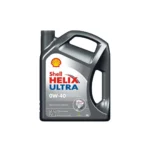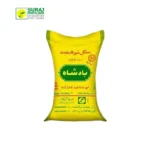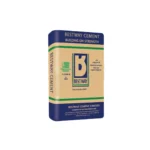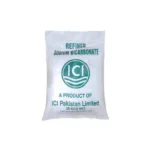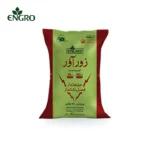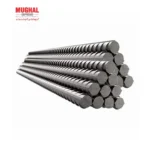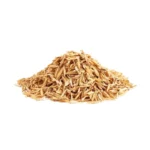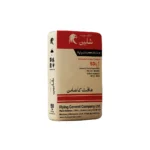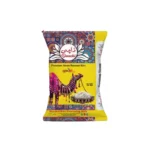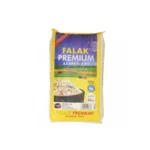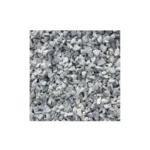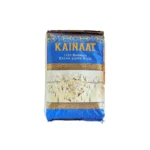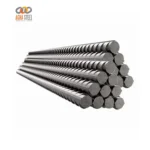Introduction – What Is Commodity Pricing?
Definition: Commodities, to put it simply, are basic raw materials used in commerce that are mostly used as inputs in the manufacturing of other goods and services and are interchangeable with other items of the same sort.
In the realm of business-to-business (B2B) trade, openness is not just a virtue but also a requirement, especially in sectors that depend on raw commodities like steel, cement, and agricultural products. The basic query at the centre of this demand for transparency is: What is commodity pricing, and why should buyers and sellers be concerned?
This article examines how commodity pricing operates, the importance of openness in business-to-business (B2B) markets, and how Zarea and other platforms are setting the standard for more knowledgeable, reliable commerce.
Knowing the Price of Commodities:
The process used to establish the price of fundamental raw resources including cement, steel, oil, cereals, and biomass is known as commodity pricing. Supply and demand’s basic rules control commodities pricing worldwide. They also ensure uniform trading between marketplaces and standardise it accordingly.
Meanwhile commodities are typically interchangeable for branded goods. For example, a barrel of oil or a tonne of wheat of the same quality is nearly the same from one supplier to another supplier. This kind of distinguishing characteristics makes commodities pricing even more crucial worldwide. This is because customers want to base their decisions on market fairness rather than brand loyalty.
Prices can change depending on a number of factors:
- Local and worldwide supply and demand
- Conditions of the weather (for agricultural commodities)
- Tensions in geopolitics
- Currency fluctuations and inflation
- Trading futures and speculating on the market
The High Stakes of Opaque Pricing:
Price opacity has long been a hindrance to equitable transactions in conventional commodity trading, particularly in developing nations like Pakistan. A lack of clarity that can seriously harm both buyers and sellers is caused by middlemen, unconfirmed listings, and uneven quality.
- For buyers: It results in irregular supply or overpayment for purchasers.
- For sellers: It can cause major delays, more pressure on prices, and a loss of confidence especially for sellers on the market.
- For the economy: It may restrict competition and impede the economy’s ability, especially to allocate resources efficiently on the market.
Why B2B Transparency Is Essential:
Pricing transparency fosters trust in business-to-business (B2B) markets when large-scale choices involving substantial capital are made. Here’s how:
Guarantees Market Effectiveness
Better negotiations and more equitable transactions result from market participants being able to compare offers against real-time rates thanks to transparent commodity pricing.
Decreases Arbitrage and Corruption
There is less chance of bribery, manipulation, or needless markup when pricing are transparent and verifiable.
Facilitates Knowledge-Based Decision-Making
Buyers may match their purchases to supply chain plans and budget projections with precise data.
Creates Durable Connections
The B2B currency is trust. Transparent pricing practices improve customer retention and communicate trustworthiness.
How Zarea Is Reinventing Transparency in Pakistan’s B2B Sector:
Transparency is a fundamental value of Zarea, not just a feature.
Zarea, the biggest B2B commodities marketplace in Pakistan, links thousands of buyers and sellers in sectors including agriculture, biomass, and construction. We offer:
- Prices for necessities are updated in real time.
- Verified networks of suppliers for dependable logistics and quality
- Digital bills and records to cut down on disagreements
- Market data should be freely accessible to empower all parties involved.
In addition to making procurement easier, this dedication to transparency supports Pakistan’s larger objectives for energy efficiency, digital trade, and economic modernisation.
Final Thoughts:
- What exactly is commodity pricing, then? It is more than simply a figure; it is an indication of market health, efficiency, and trust. Price transparency is a game-changer in Pakistan’s changing business-to-business market.
- Businesses that use platforms like Zarea are creating an ecosystem of responsibility, efficiency, and long-term success rather than merely buying and selling.
FAQ’s:
What is an example of the price of a commodity?
Similar to stock securities, the market’s dynamics of supply and demand mostly influence commodity prices. For instance, the price of one barrel of oil falls as the supply grows. On the other hand, the price of oil increases if demand for it rises, which frequently occurs in the summer.
What is commodity in simple words?
In a nutshell, commodities are fundamental raw materials used in commerce that are interchangeable with other products of the same kind and are primarily utilised as inputs in the creation of other goods and services.
How do you understand commodity pricing?
This is the most fundamental idea in economics, according to supply and demand rules. Prices will often decrease if there is a huge supply and little demand for a good or service. On the other hand, prices will increase if demand is great and supply is low.
What is a basic commodity and examples?
The majority of commodities are either agricultural or mining goods, such as sugar, iron ore, or cereals like wheat and rice, or they are raw materials or basic resources. Chemicals and computer memory are examples of mass-produced, non-specialized commodities. Gold, maize, and crude oil are popular commodities.
Why do commodity prices rise?
Increased demand, such as the use of natural gas for heating during the winter, drives up commodity prices. When there is a greater supply of goods, such as surplus crops following harvest, commodity prices decrease.
